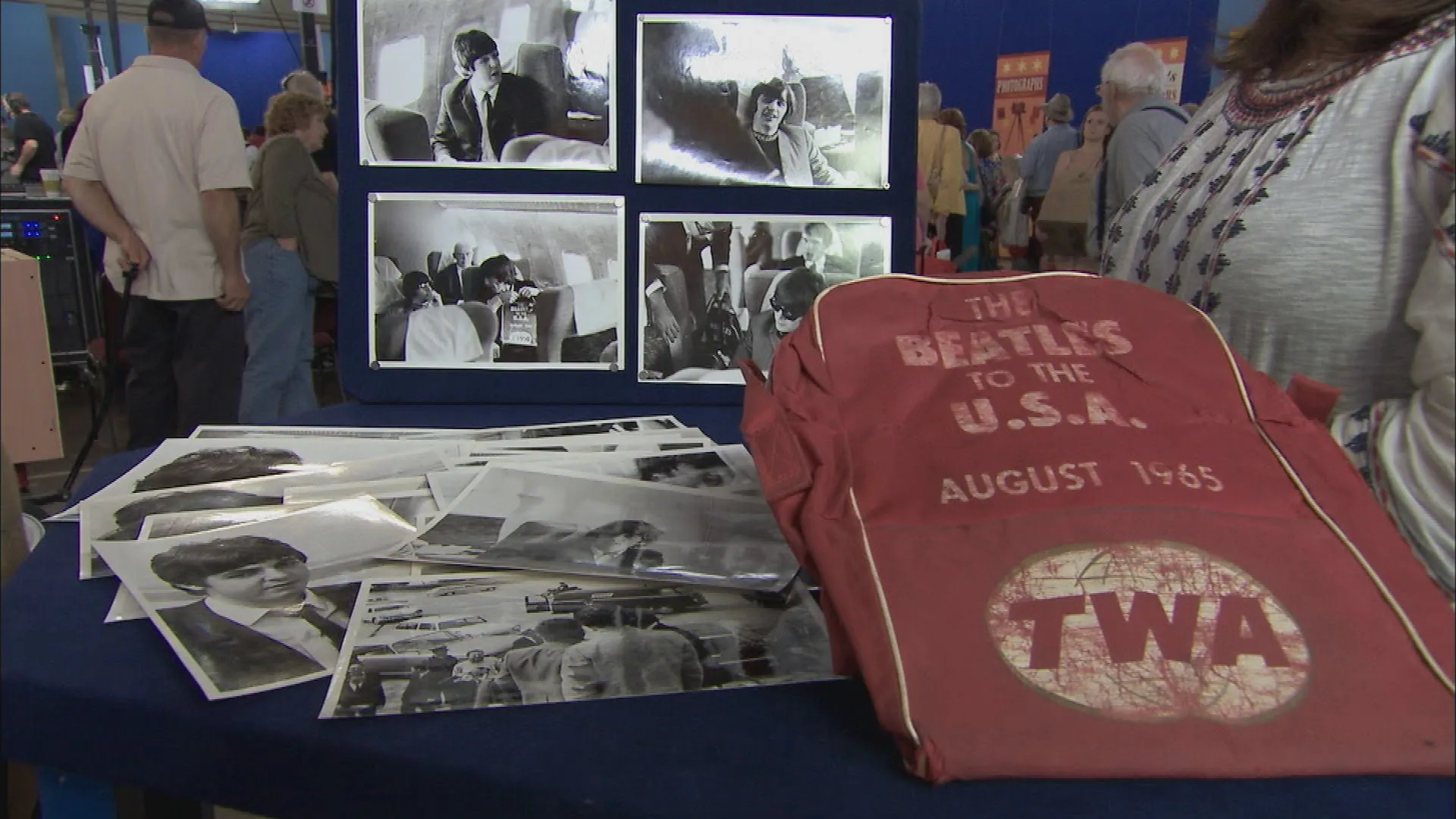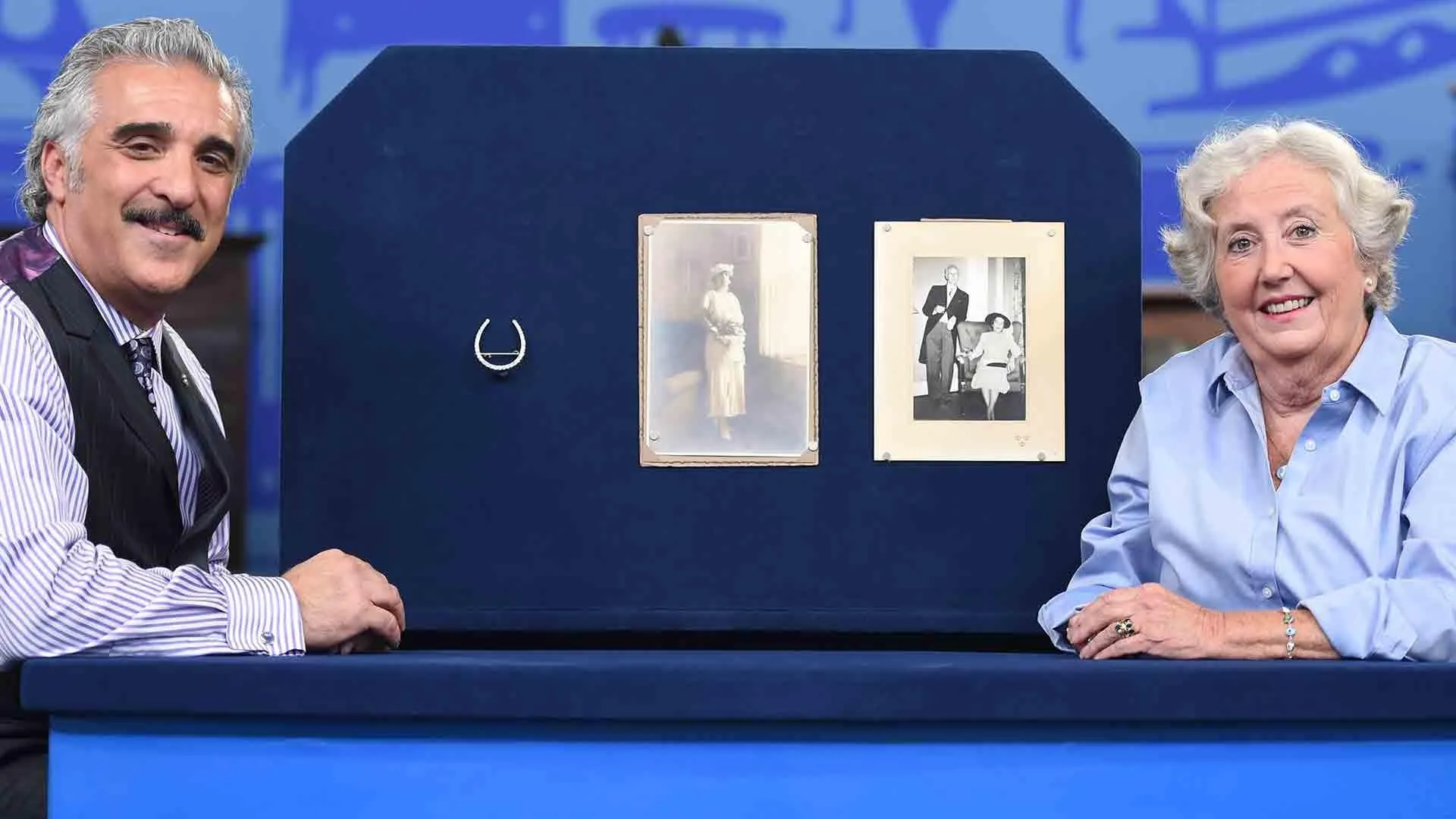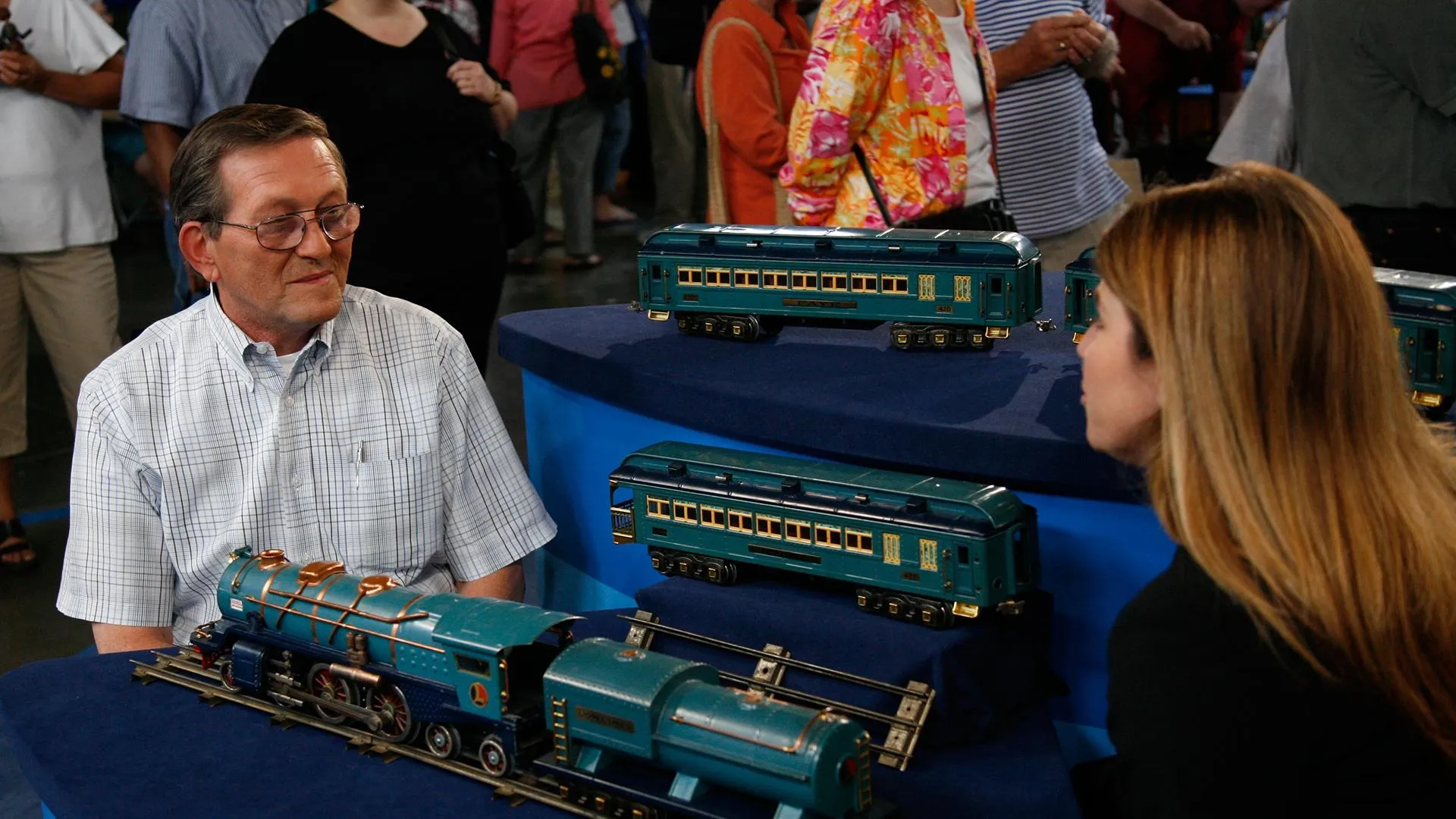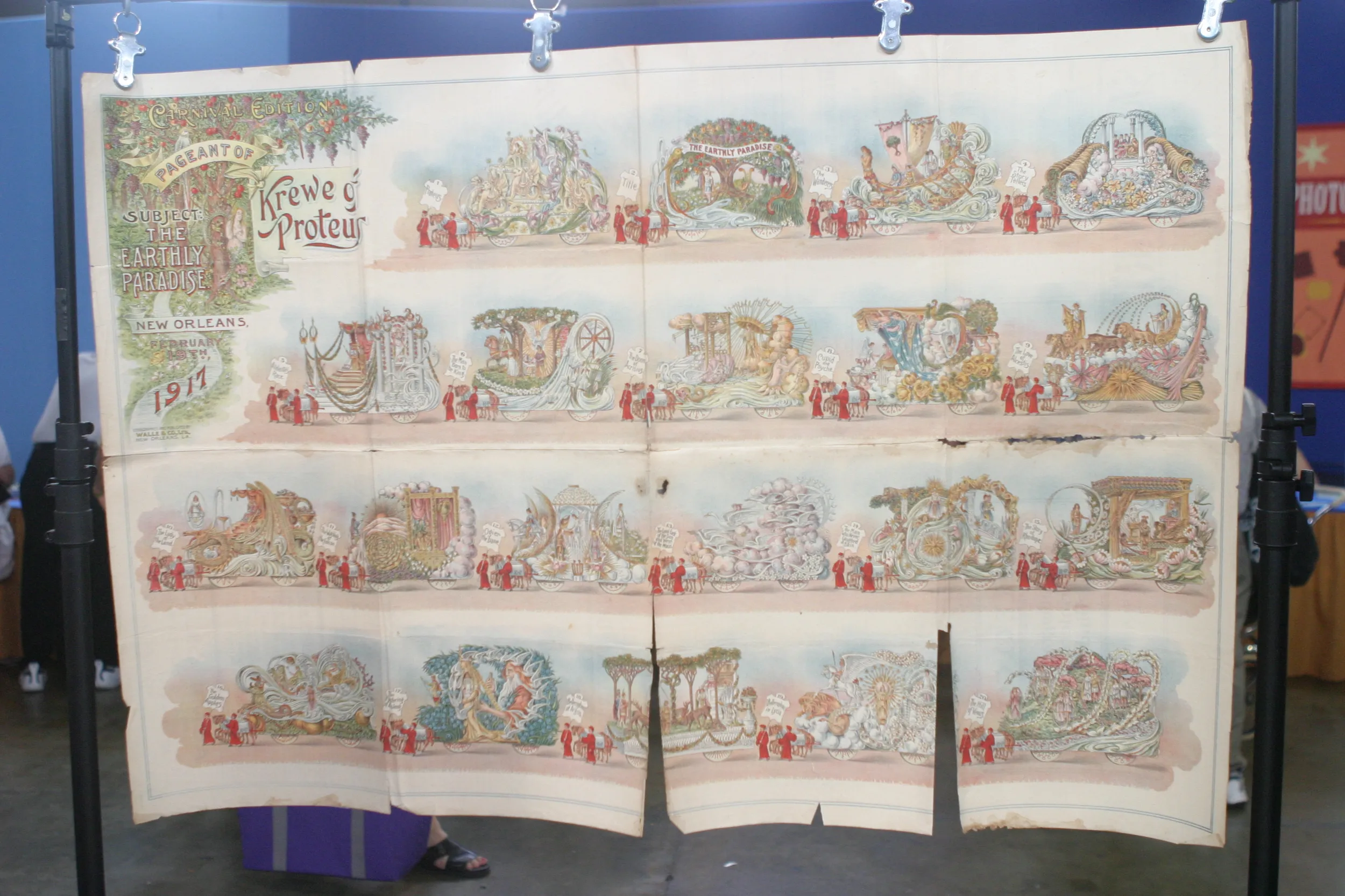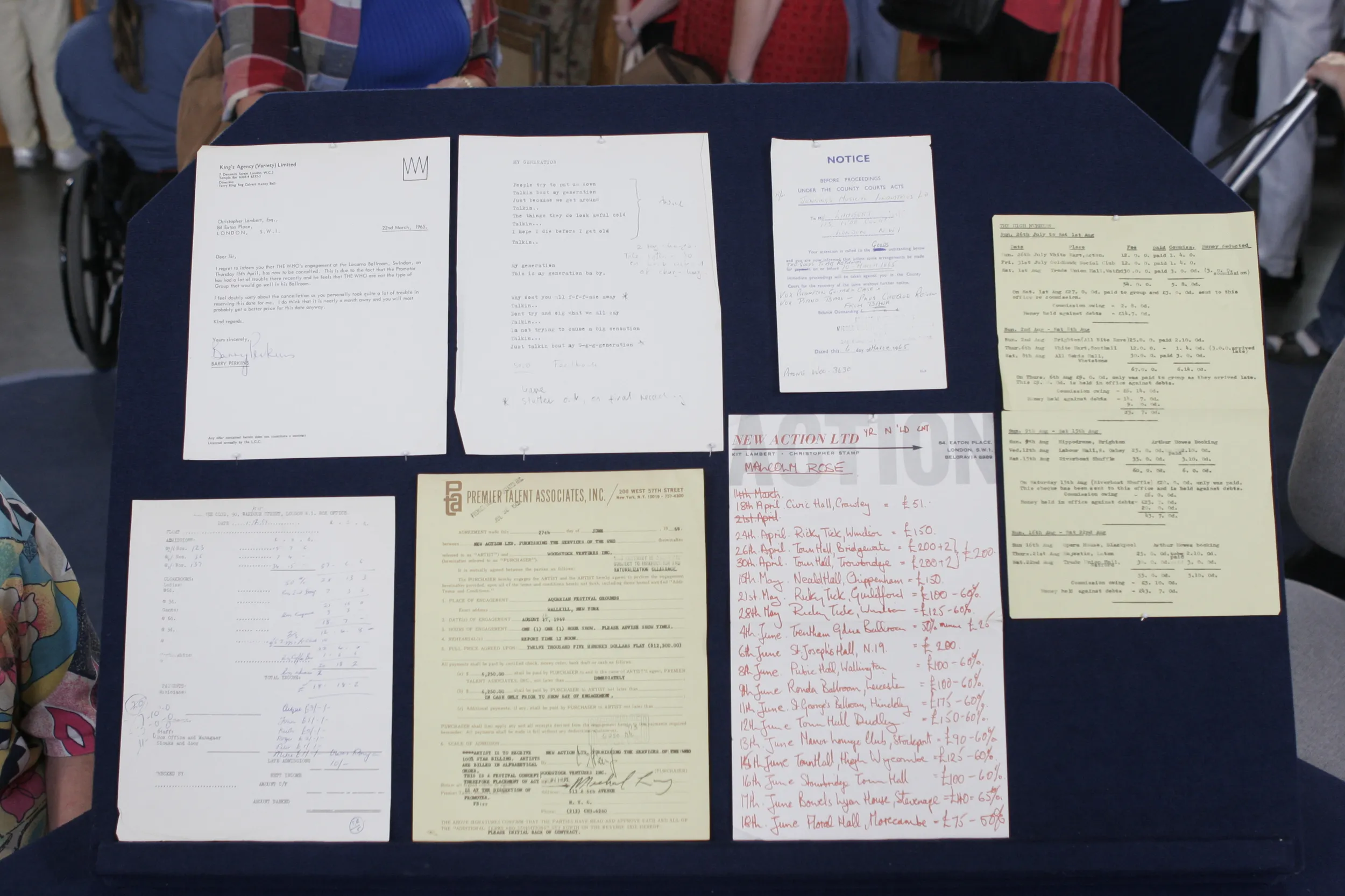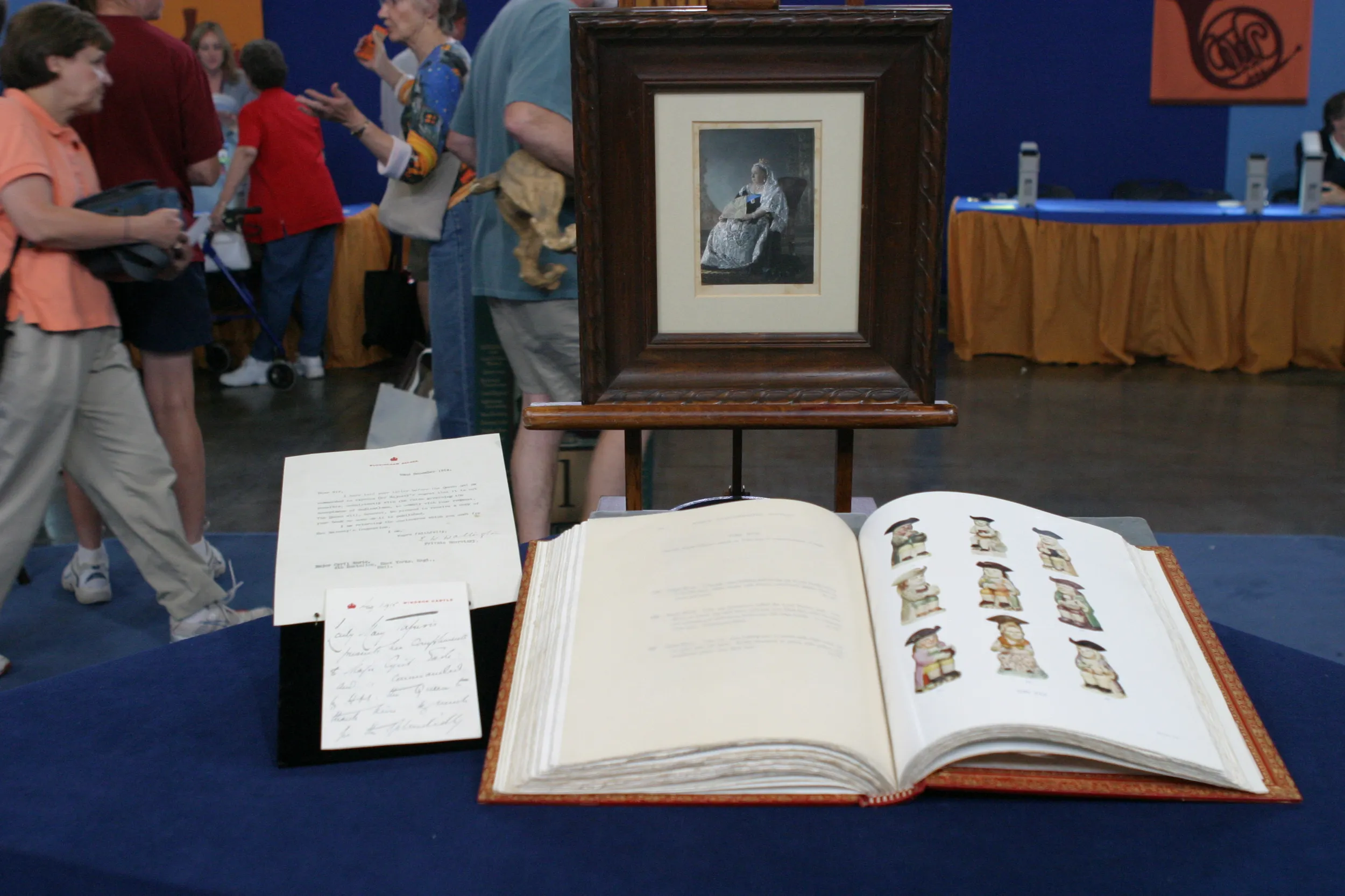GUEST: My father had given this to me when I was a boy. I'd always loved trains, railroads, et cetera. And there was a fire in our family in the '60s, and not much came out of it, and I suspect maybe this did. My great-grandfather had surveyed the Canadian Pacific Railway across Canada, and perhaps it might have come from his collection or something along those lines.
APPRAISER: Well, one of the things I first noticed when you brought it in was the word "Ackermann." Ackermann was a very famous English publisher of colorplate books. And colorplate books are those books that are usually hand-colored views of topography, city views, travel. And this is indeed one of their colorplate productions. The interesting thing about it is-- and it ties in with your great-grandfather's role in the railway survey-- is that this is actually views from the construction of the first railway in England that was tied to timetables and that carried passengers. So you could actually look at a schedule, see what time the train was coming, be able to catch it, which was completely unusual at the time. And when you turn the pages, you see... these are the color views that were produced by Ackermann to document the railway production. There are six plates in the book. Each one of these are hand-colored from engravings. And the wonderful thing about this is the condition, that a lot of times you see these books that have foxing, there’s some water damage. But this one has survived in remarkably good shape. It's also in the original binding. It's really a pleasure to see it. It's a little something unusual to turn up here in that it's a British railway book, but it just proves that anything can be anywhere. For an auction estimate, I'd feel pretty comfortable putting it in the region of $5,000 to $7,000.
GUEST: You don't say. Well, well, well, that'll do all right. Got me there.
GUEST: It belonged to my uncle, and my cousin got it. Then my cousin died and his wife asked me if I'd like to have it.
APPRAISER: Now you're a train buff?
GUEST: Not until this one.
APPRAISER: Do you know much about Lionel Company?
GUEST: I know they've been in business a long time, but, uh...
APPRAISER: Well, we'll fill in a few blanks for you.
GUEST: Okay.
APPRAISER: First of all, Lionel was actually the middle name of Joshua Lionel Cowan, earlier Cohen but later Cowan. He Came over to the States and in the late 1800s, he developed the flash powder that photographers use. And it was so successful, the Navy contracted to use this flash powder for mine detonation. This is how he got his stake and he could start the Lionel Train Company, which he thought of when he saw a small fan and he tried to figure out how to use it. And he figured he'd put in a little motor and that's when he started with the toy trains. He's the one who invented this size, which is called standard gauge. And what he endeavored to do with standard gauge was to make the most beautiful, luxurious trains for kids possible. And this is what he did. And this is considered to be one of his greatest accomplishments, the Blue Comet. It came out in the early 1930s, about 1930 to 1938. This was actually based after a real train.
GUEST: Oh, is it?
APPRAISER: 1929 to 1941, there's a train called the Blue Comet that ran a New Jersey central line down to Atlantic City and the Jersey shore. It was called the seashore's finest train. And it was competing with Pennsylvania Railroad. It was painted blue because of the Jersey seashore. And guess what? The Blue Comet, the Faye, the Westphal and the Tempel here, all named after comets.
GUEST: No kidding.
APPRAISER: The train was so beautiful that people would actually wait for it to come down the tracks so they could watch it go by. Three hours from door to door, that's what they advertised. And they advertised the finest in luxury. And when Joshua Lionel Cowan created this train, that's what he wanted to do as well. Let's take a look. The actual train had triple-cushion mohair seats.
They even show a bathroom and a commode. There was a smoking room for the gentlemen. There was an observation deck, which you see in the back of this train, and they had all the luxuries for that time. For a Lionel train, this is unheard of. You could never take the top off, and of course it had the spectacular electric light. All the little details were thought of to make this like the actual-size Blue Comet. Now let's talk a little bit about value.
GUEST: Okay.
APPRAISER: What do you think this might be worth?
GUEST: Between $2,000 and $4,000, possibly.
APPRAISER: Okay, that's a good guess. I'll tell you something. At the time this was sold, $70 to buy this in the 1930s, at the height of the Depression. You could buy a three-piece bedroom suite or you could buy a used Model T for that kind of money.
GUEST: Oh, my.
APPRAISER: For auction, I would put this at estimate $8,000 to $10,000.
GUEST: Oh, my.
APPRASER: It's sold as much as $11,500.
GUEST: Good heavens. That makes me want to treasure it even more.

